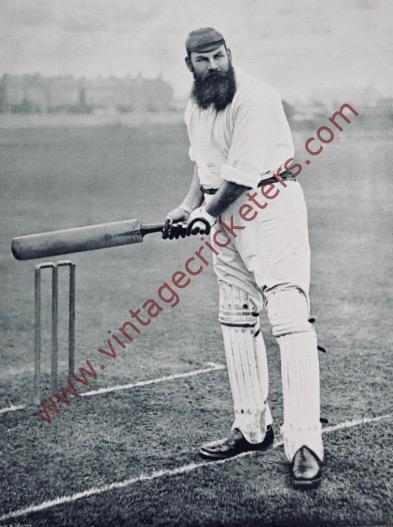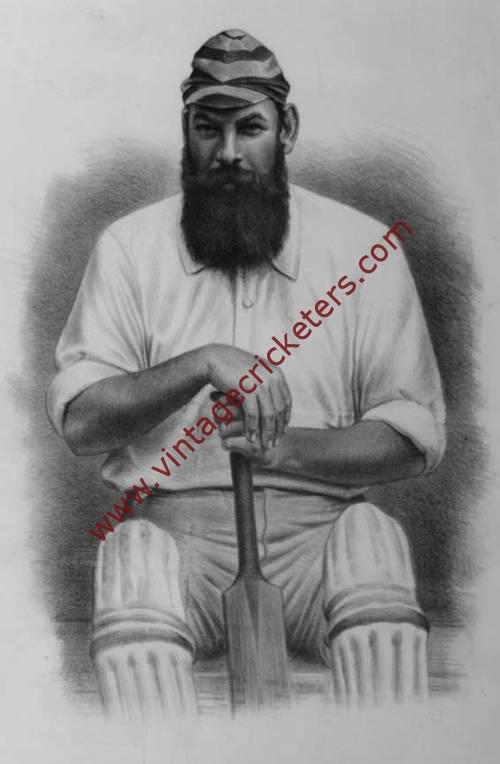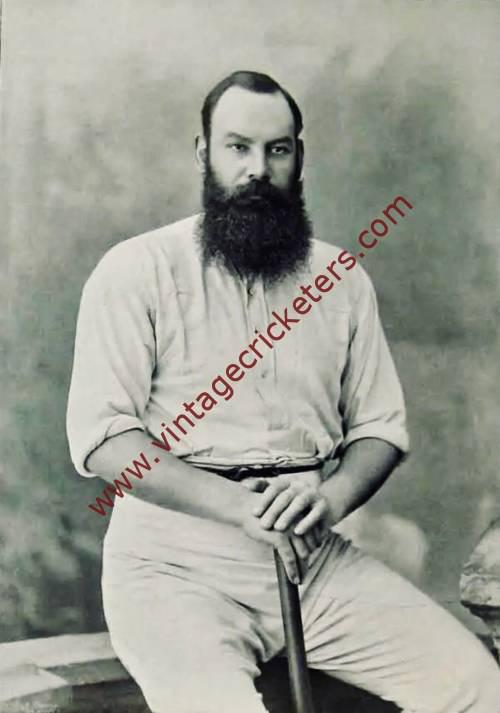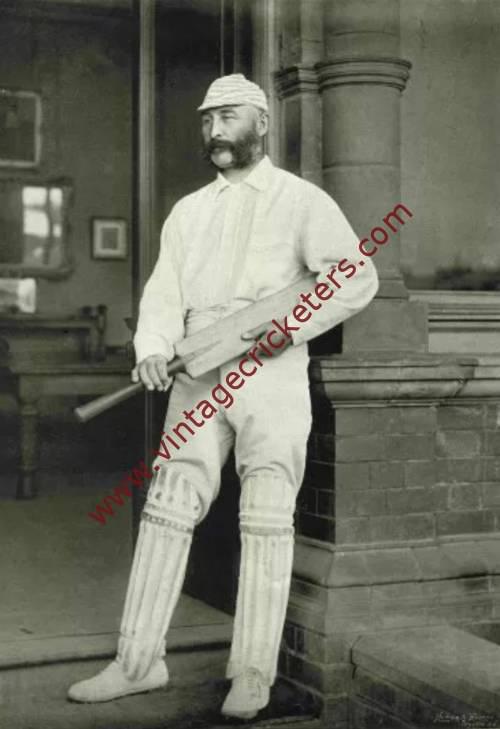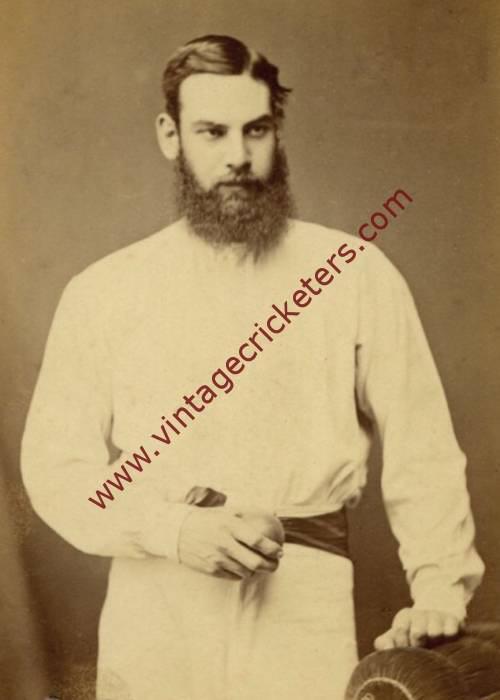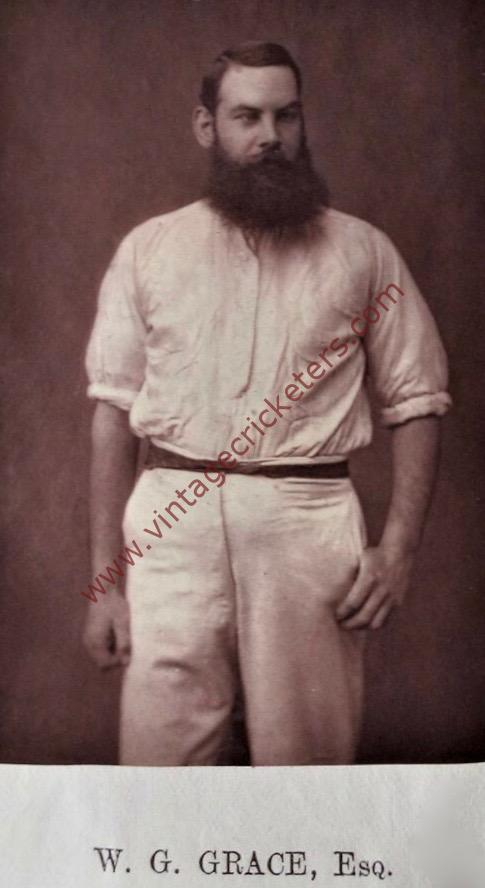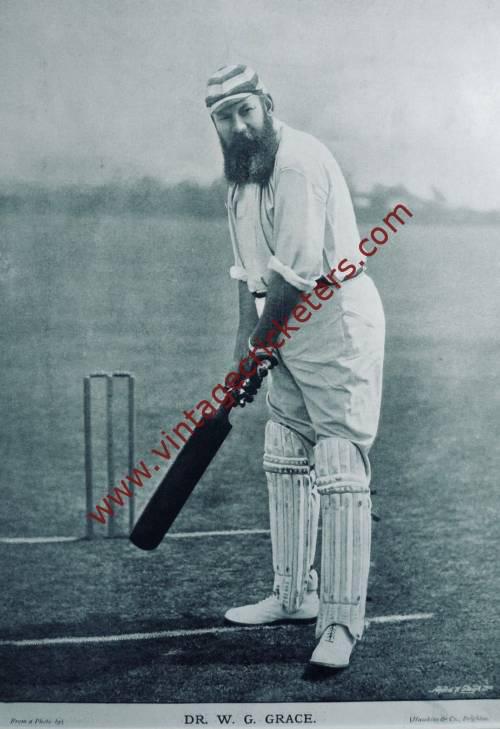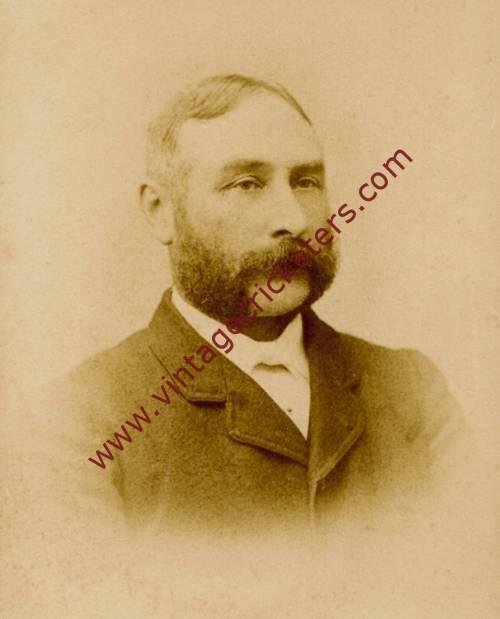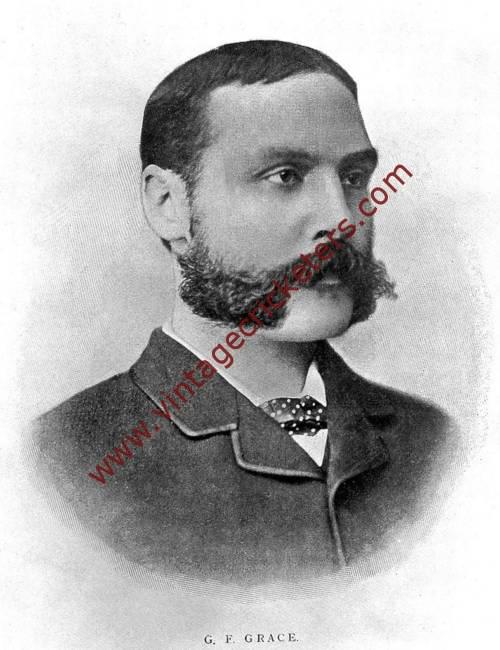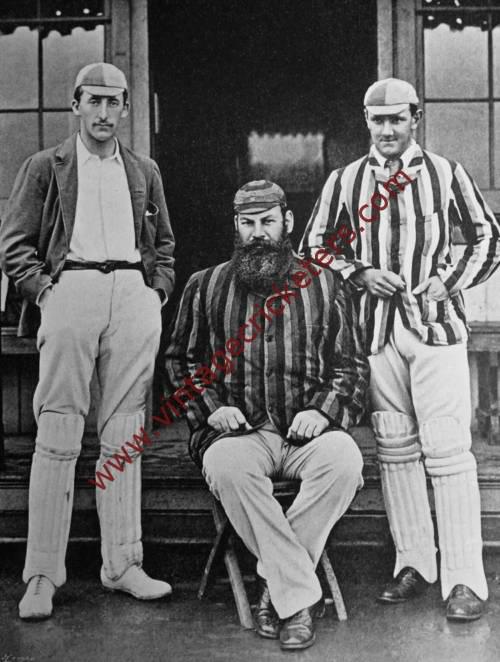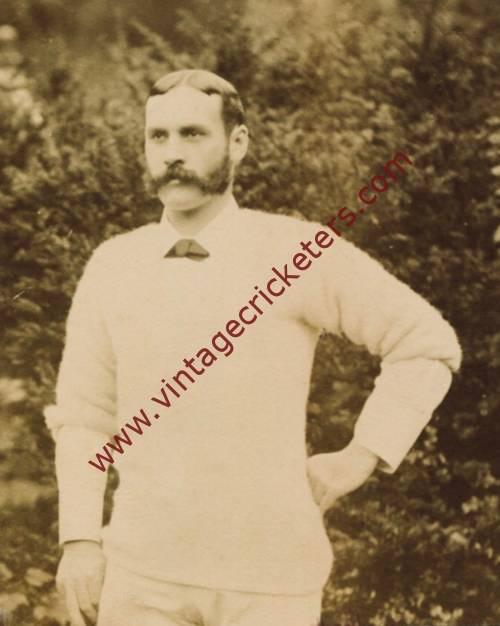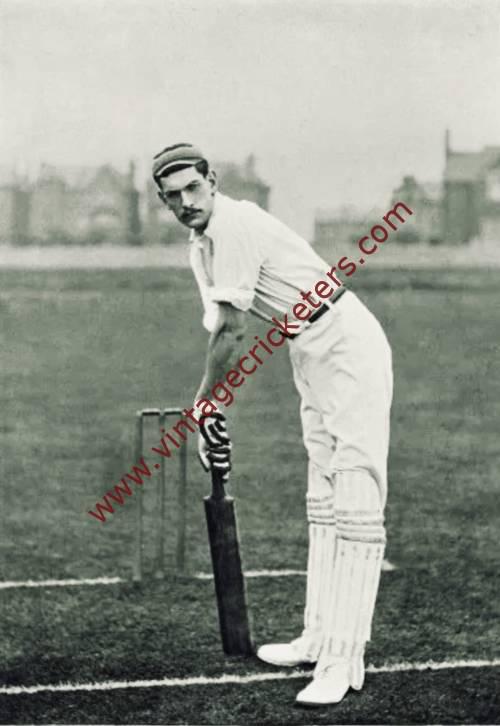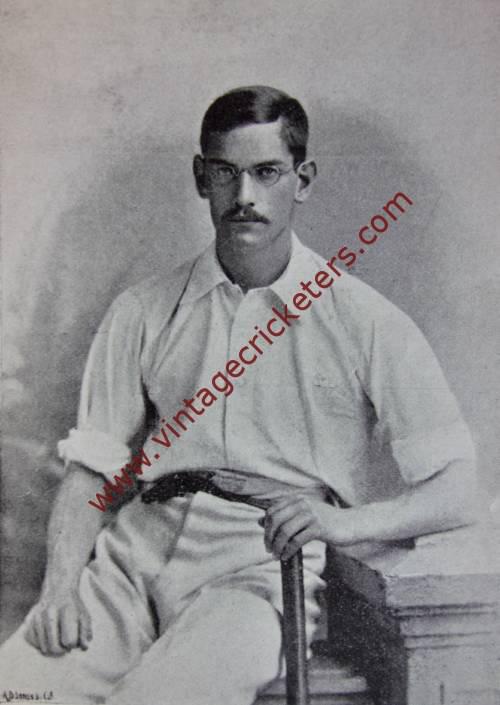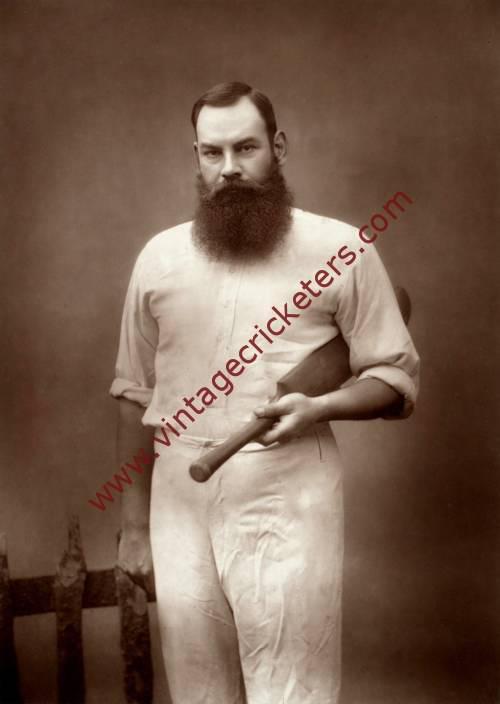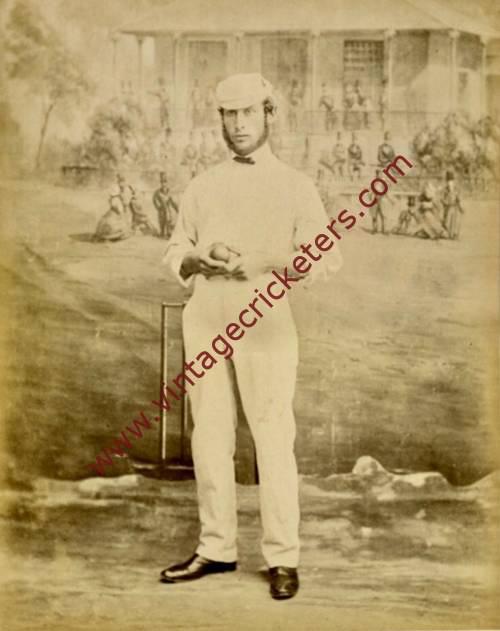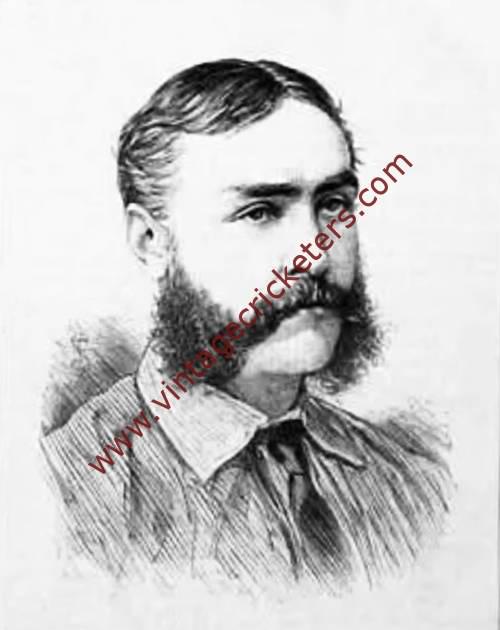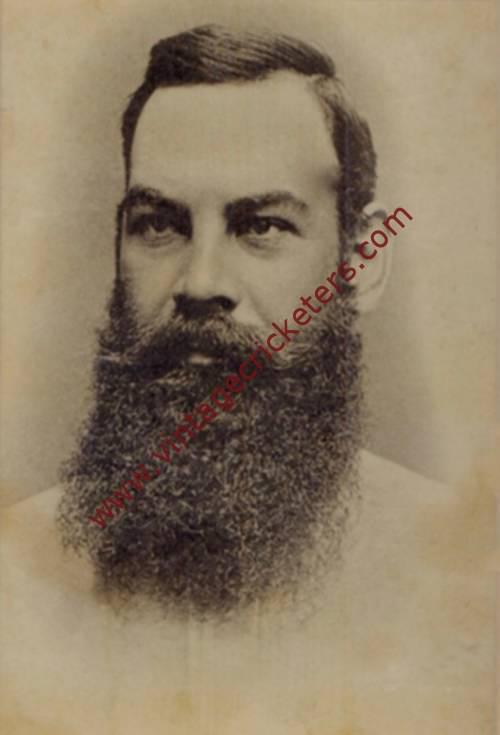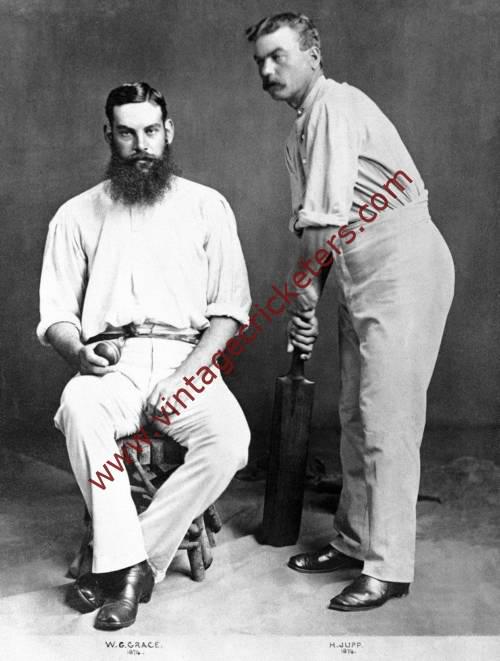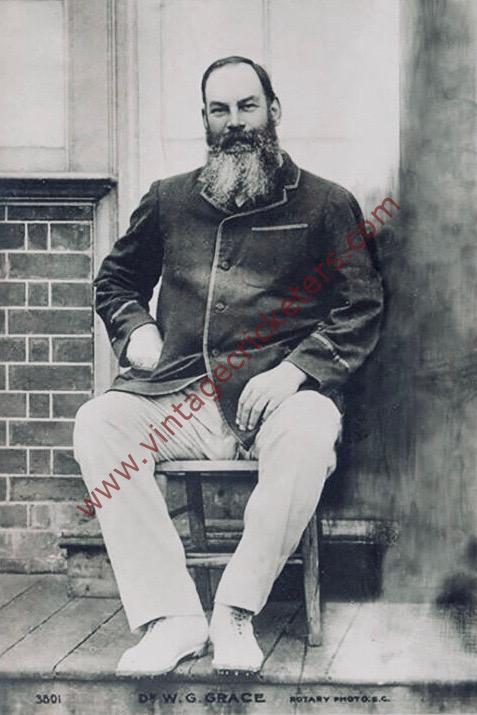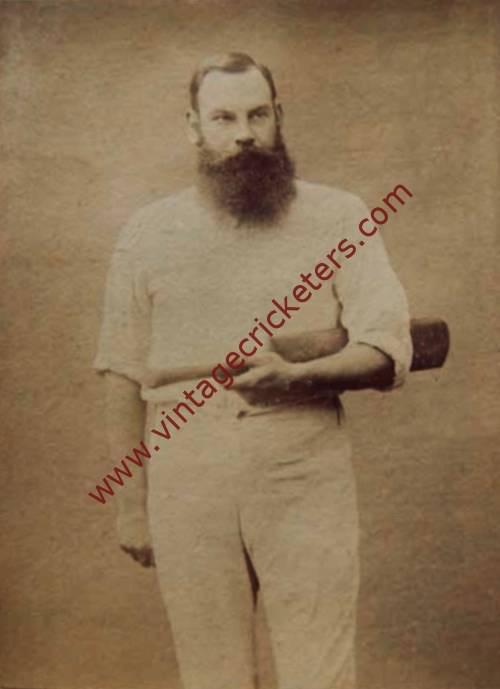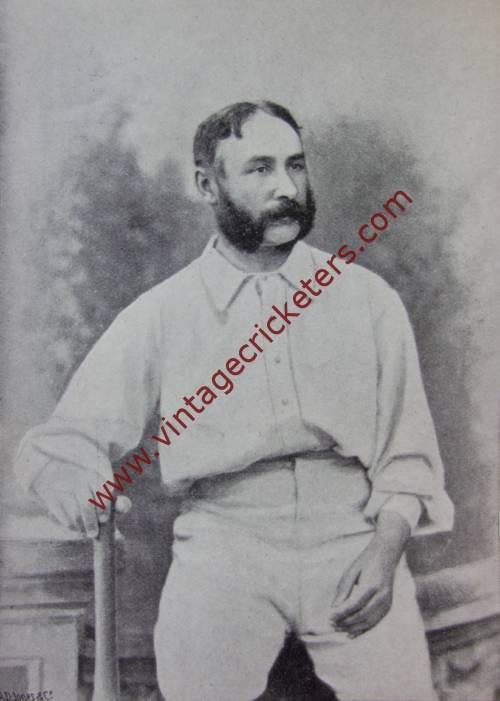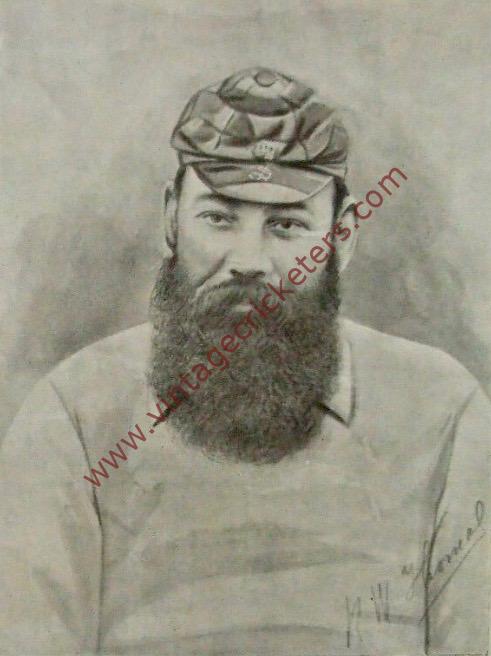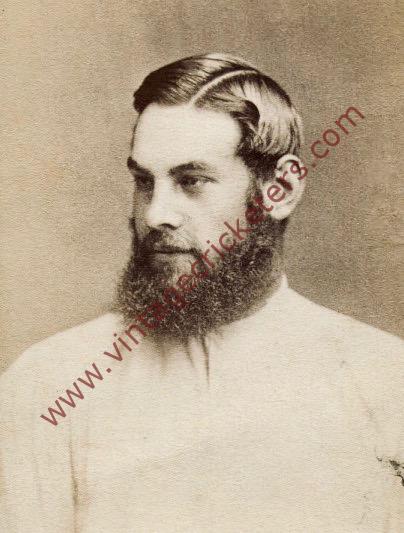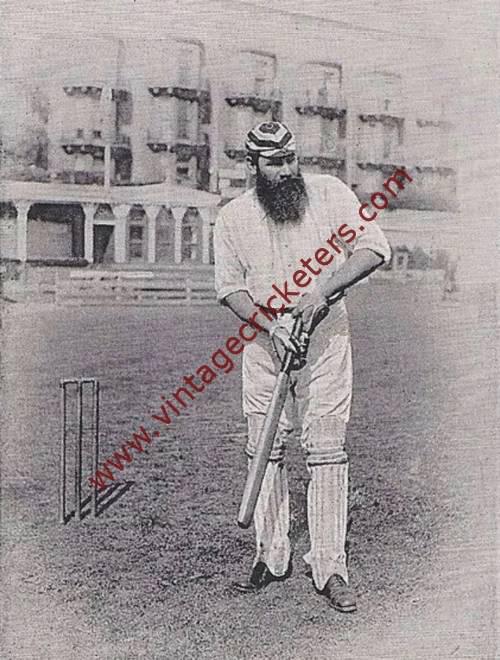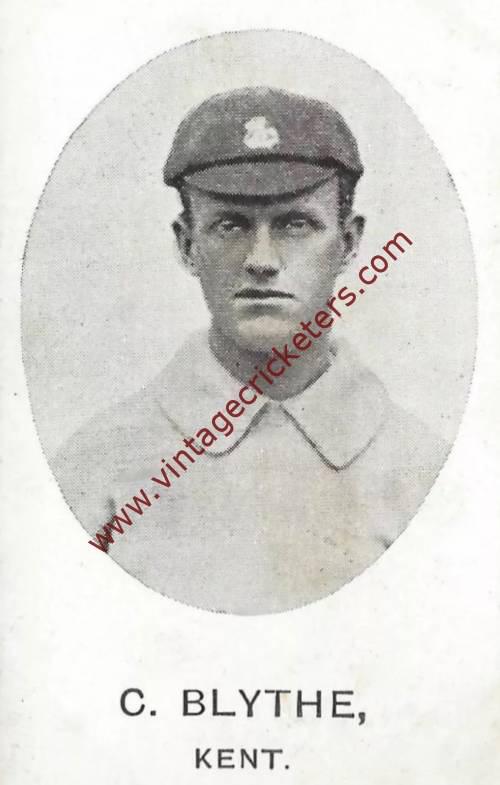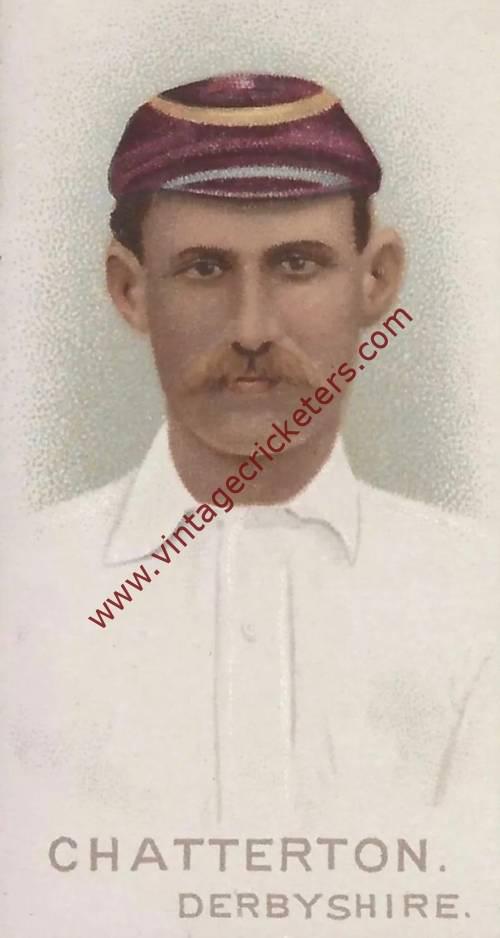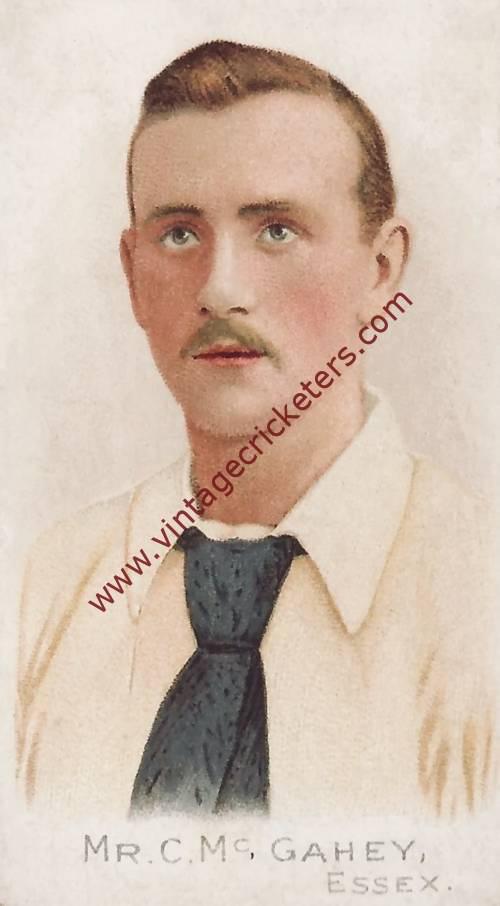Please choose your photo size from the drop down menu below.
If you wish your photo to be framed please select Yes.
Note: 16″x 20″not available in a frame.
Images can also be added to accessories. To order please follow these links
£8.95 – £49.95
Please choose your photo size from the drop down menu below.
If you wish your photo to be framed please select Yes.
Note: 16″x 20″not available in a frame.
Images can also be added to accessories. To order please follow these links
The maximum number of views of this element is reached.
Please contact the webmaster to enable unlimited views.
Downend, near Bristol born William Gilbert “W,G,” Grace is widely considered one of cricket’s greatest-ever players. Universally known as “W.G.”, he played first-class cricket for a record-equalling 44 seasons, from 1865 to 1908, during which he captained England, Gloucestershire, The Gentlemen, Marylebone Cricket Club (M.C.C.), The United South of England Eleven (U.S.E.E.) and several other teams.
Right-handed as both batsman and bowler, Grace dominated the sport during his career. His technical innovations and enormous influence left a lasting legacy. An outstanding all-rounder, he excelled at all the essential skills of batting, bowling and fielding, but it is for his batting that he is most renowned. He is held to have invented modern batsmanship. Usually opening the innings, he was particularly admired for his mastery of all strokes, and his level of expertise was said by contemporary reviewers to be unique. He generally captained the teams he played for at all levels because of his skill and tactical acumen.
Grace came from a cricketing family: E.M. Grace was one of his elder brothers and Fred Grace his younger brother. In August 1880 they were members of the same England team against Australia at The Oval, the first time three brothers played together in Test cricket. He qualified as a medical practitioner in 1879. Because of his medical profession, he was nominally an amateur cricketer but he is said to have made more money from his cricketing activities than any professional cricketer. He was an extremely competitive player and, although he was one of the most famous men in England, he was also one of the most controversial on account of his gamesmanship and moneymaking.
To go into depth on his staggering career, I would recommend you to read the excellent series of articles on Wikipedia. Grace was, at his best, perhaps even better in many respects than Don Bradman ever was, albeit Bradman is possibly the only other player to totally dominate the game totally in a similar manner during his career. In 1871 he scored ten first class hundreds. The rest of cricket in England – County, University, Gentlemen v Players, and all other first class status matches that summer, 52 of them in all – produced only seven more. He didn’t outscore other batsmen, he outscored all of cricket. Undoubtedly one of the most famous men in Victorian England,
Grace scored 54,896 career runs in 878 first class matches, registering 126 centuries and 254 half centuries, and, as a bowler, took 2,809 wickets at 18 apiece. In 84 matches for Gentlemen versus Players he amassed 6,000 runs and took 271 wickets. In August 1876 he scored, in consecutive innings, 344 out of 546 for Marylebone Cricket Club versus Kent; 177 out of 262 for the Gloucestershire against Nottinghamshire; and 318 not out, for Gloucestershire versus Yorkshire. Even in his last match, on July 25th 1914, when he was 66, his score was 69 not out for Eltham.
In 22 Test matches between 1880 and 1896 he scored 1,098 runs at an average of 32.29 with two centuries and a top score of 170. Bowling more occasionally at Test level, he took 9 wickets at 26.22 apiece with a best of 2-12. Full of controversies over his money making, despite his amateur status, from the game, and his gamesmanship, he undoubtedly made cricket the principal sport in Britain during the 19th century.
Grace was also an outstanding athlete as a young man and won the 440 yards (400 m) hurdling title at the National Olympian Games at Crystal Palace in August 1866. In addition to running, he was an excellent thrower, as evidenced when he threw a cricket ball 122 yards (112 m) during an athletics event at Eastbourne. Grace played football for the Wanderers, although he did not feature in any of their FA Cup winning teams.
In later life, after his family moved to Mottingham, Kent, he became very interested in lawn bowls. He founded the English Bowling Association in 1903 and became its first President. He helped found an international competition with Scotland, Ireland and Wales, captaining England from the inaugural international at Crystal Palace in 1903 until 1908. His interest in golf brought him into intimate contact with one of his biographers Bernard Darwin, who said that Grace played golf “with a mixture of keen seriousness and cheerful noisiness”. He could drive straight and sometimes putt well but, for reasons that Darwin could not understand, “he never could play an iron shot well”.
After his death in 1915 aged 67, The M.C.C. decided to commemorate Grace’s life and career with a Memorial Biography, published in 1919. Its preface begins with this passage:
“Never was such a band of cricketers gathered for any tour as has assembled to do honour to the greatest of all players in the present Memorial Biography. That such a volume should go forth under the auspices of the Committee of M.C.C. is in itself unique in the history of the game, and that such an array of cricketers, critics and enthusiasts should pay tribute to its finest exponent has no parallel in any other branch of sport. In itself this presents a noble monument of what W.G. Grace was, a testimony to his prowess and to his personality.”
In 1923, the W. G. Grace Memorial Gates were erected at the St John’s Wood Road entrance to Lord’s, and the opening ceremony was performed by Sir Stanley Jackson, who had suggested the inclusion of the words The Great Cricketer in the dedication. In the 1963 edition of Wisden Cricketers’ Almanack, Grace was selected by Neville Cardus as one the Six Giants of the Wisden Century. This was a special commemorative selection requested by Wisden for its 100th edition. The other five players chosen were Sydney Barnes, Don Bradman, Jack Hobbs, Tom Richardson and Victor Trumper. To mark 150 years of the Cricketers’ Almanack, Wisden named him in an all-time Test World XI.
David Frith summed up Grace’s legacy to cricket by writing that “his influence lasted long after his final appearance in first-class cricket in 1908 and his death in 1915”. “For decades”, wrote Frith, “Grace had been arguably the most famous man in England”, easily recognisable because of “his beard and his bulk”, and revered because of “his batsmanship”. Frith added a view that even though Grace’s records had been overtaken, “his pre-eminence” had not, and so Grace “remains the most famous cricketer of them all, the one who elevated the game in public esteem”.
NB in the photograph he appears on the front cover of Famous Cricketers magazine, with former Australian captain Billy Murdoch. As Murdoch hadn’t captained Australia since 1890, it’s likely the photograph had been taken some years before its publication.
| Weight | N/A |
|---|
